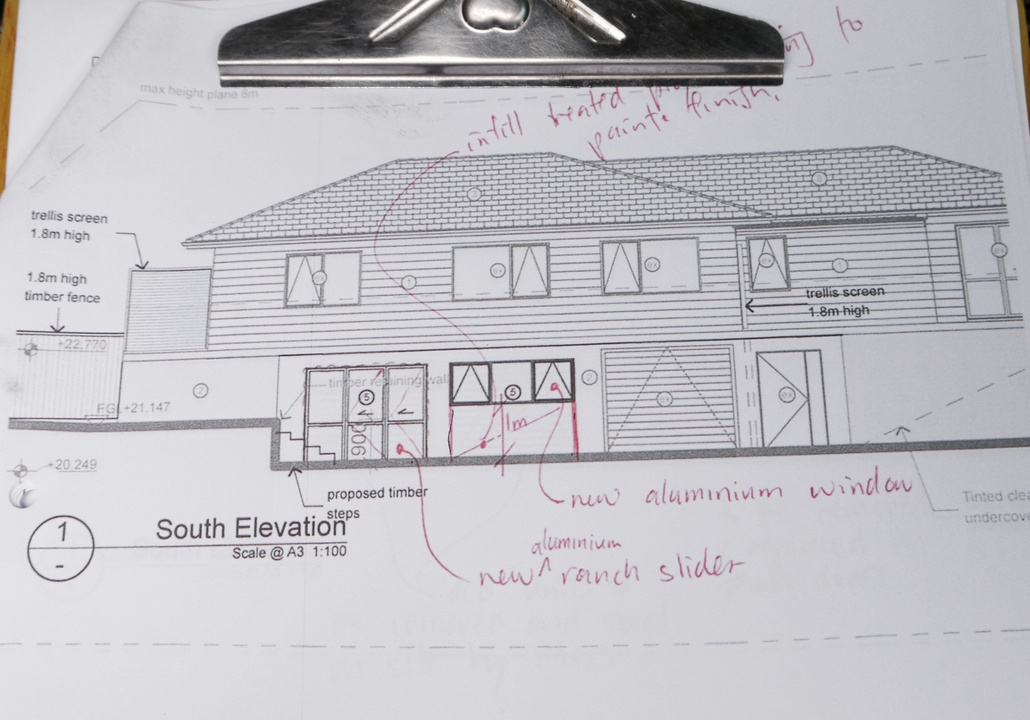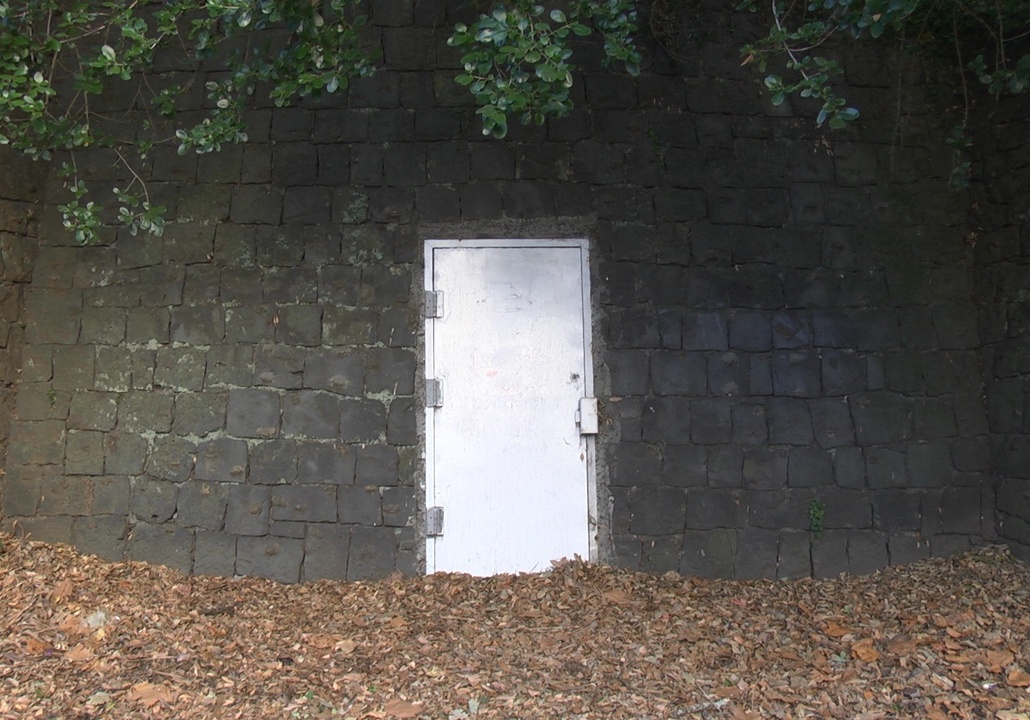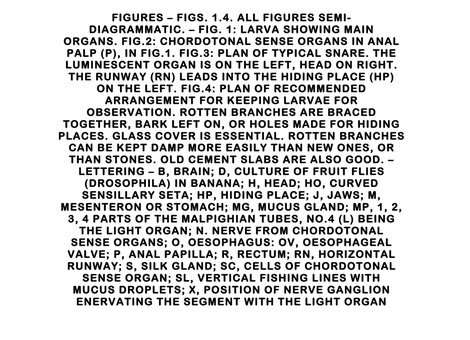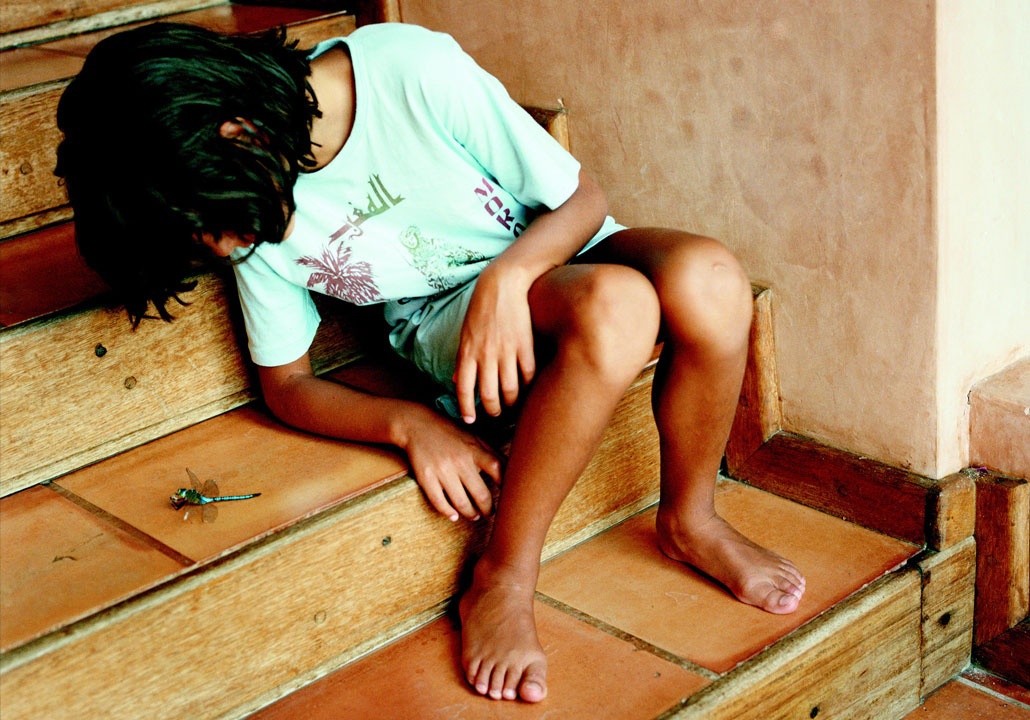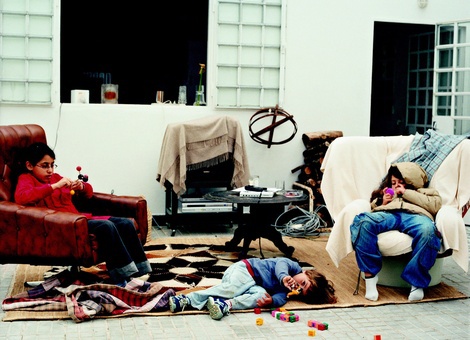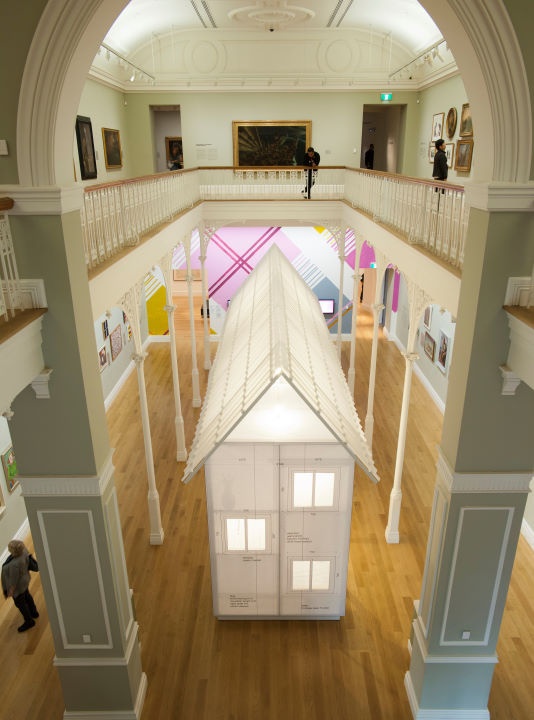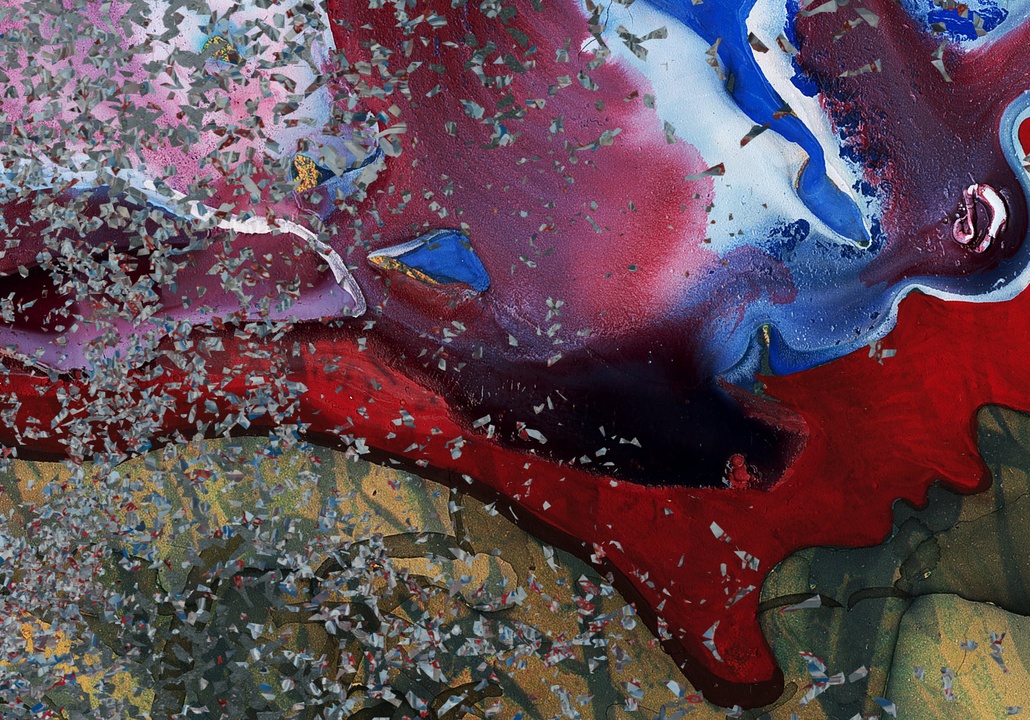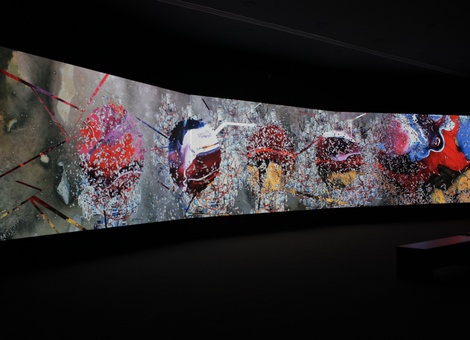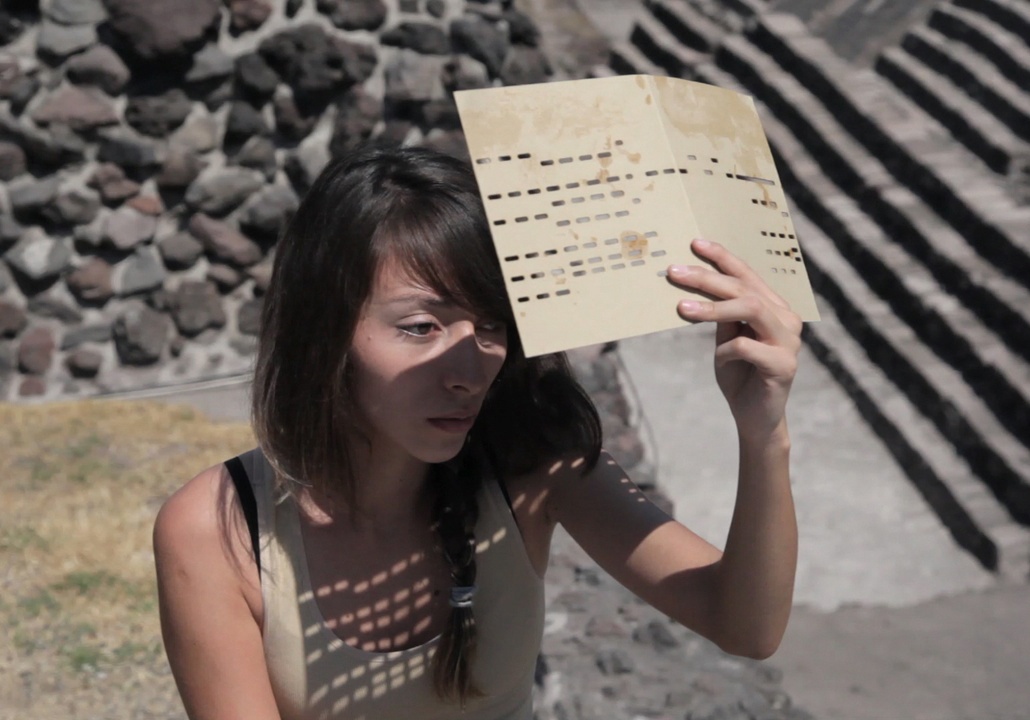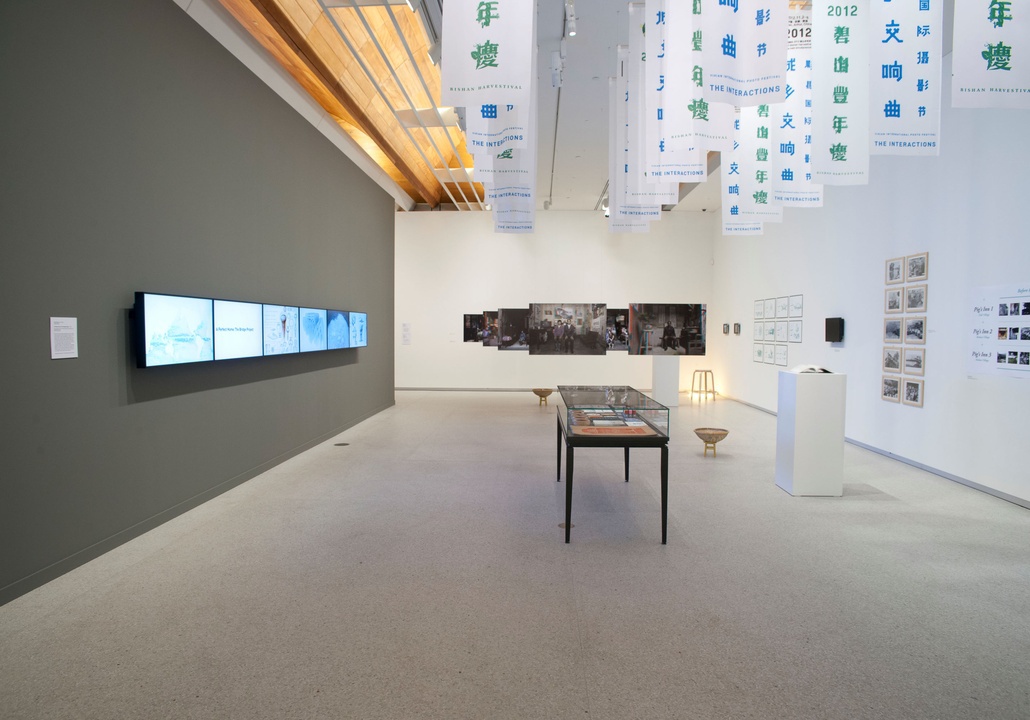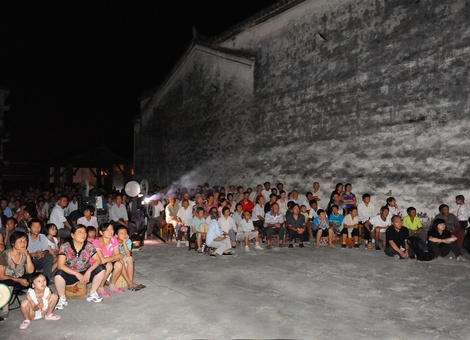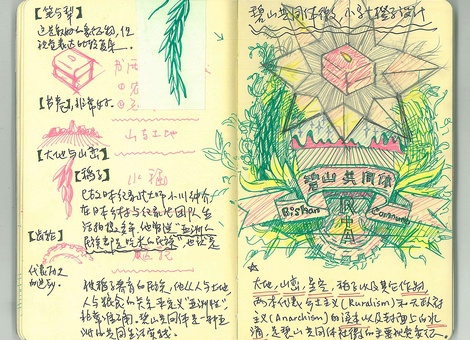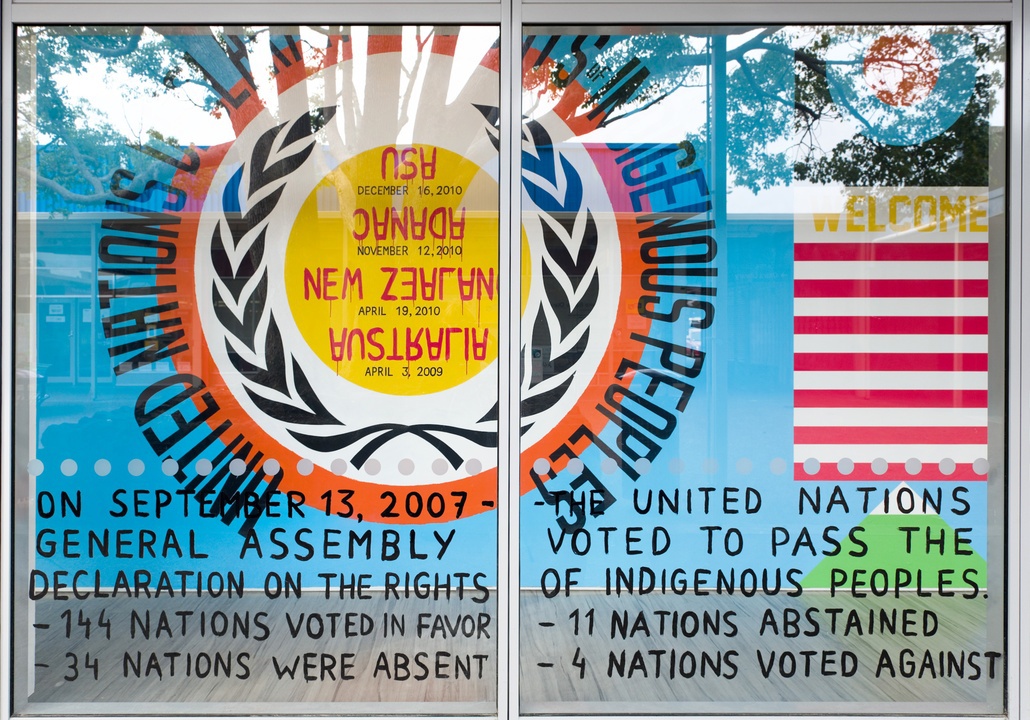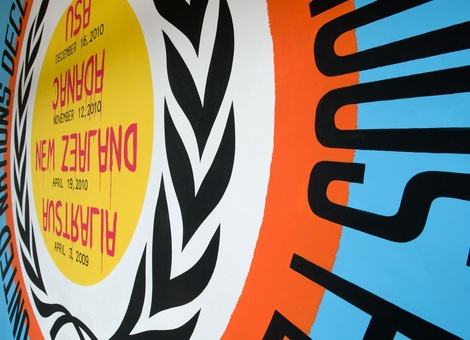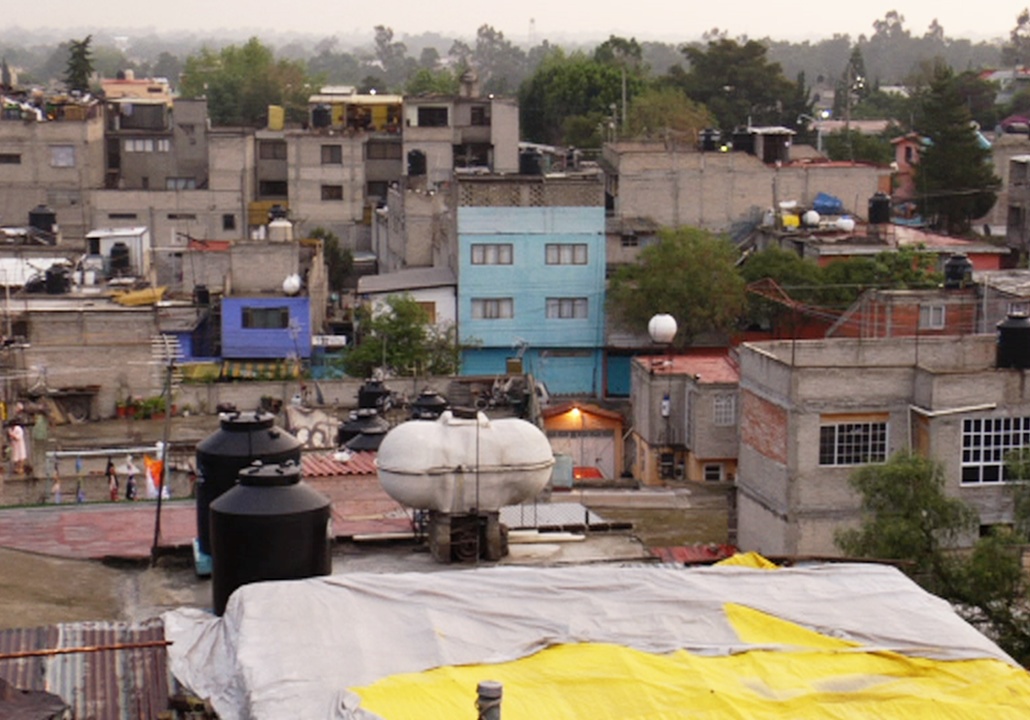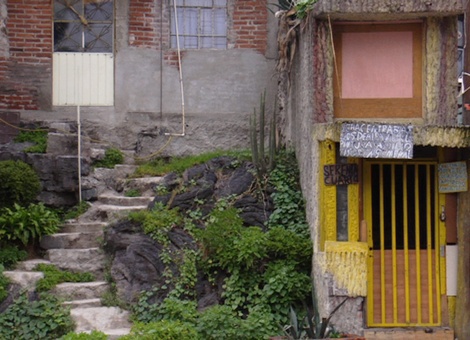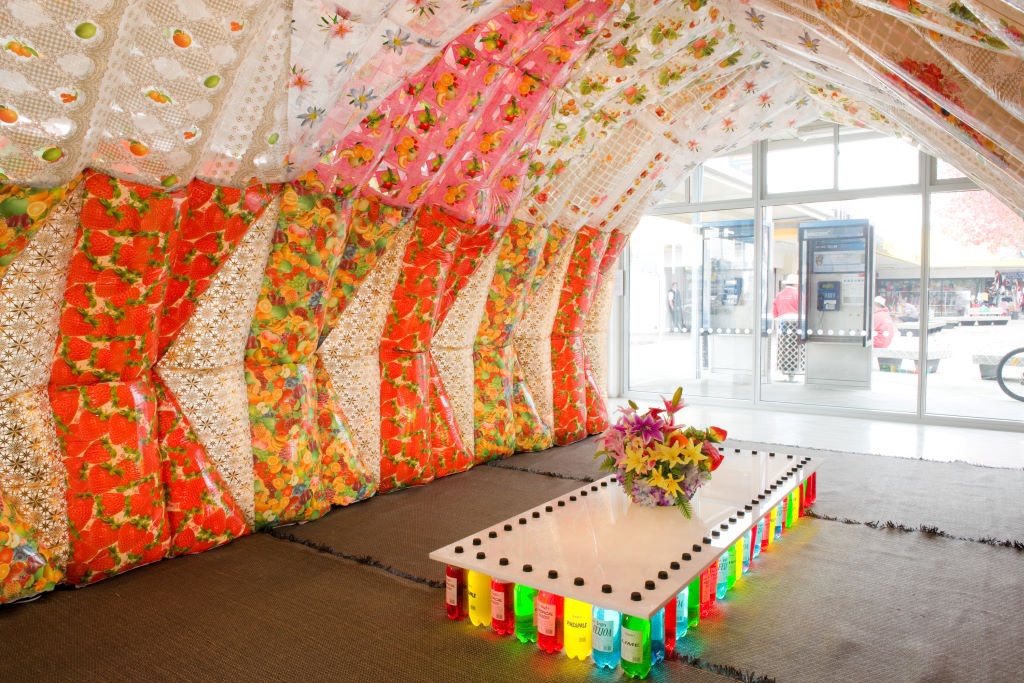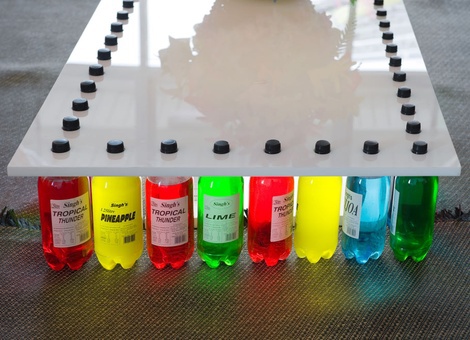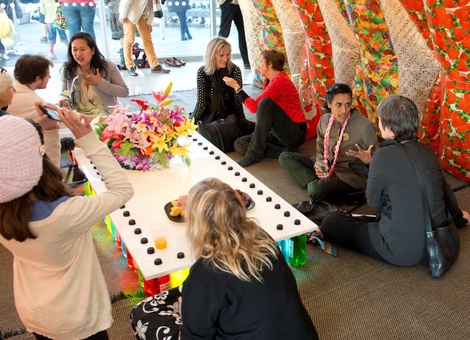Wayne Youle
Venue
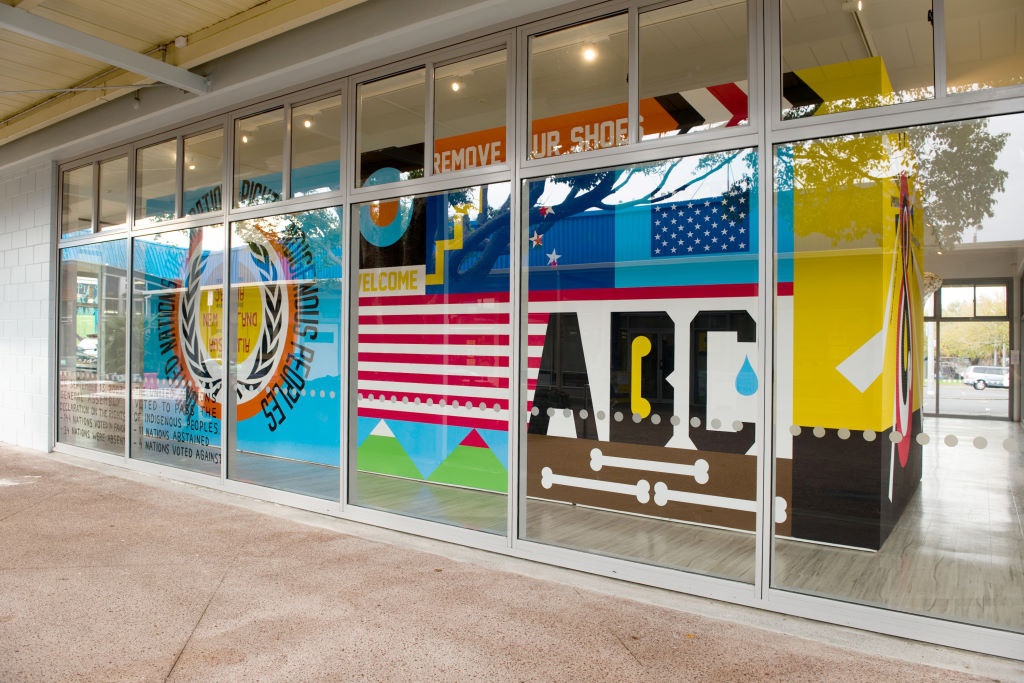
Just in time for too late, (2013)
Born 1974, Ngāpuhi, Ngāti Whakaeke, Pākehā
Lives and works in North Canterbury, New Zealand
Wayne Youle’s playful and subversive art practice ranges from painting and sculpture to photography, ceramics and bronze casting. Informed by his heritage, Youle makes work which addresses Māori/Pākehā relations and bicultural concepts as well as broader social issues. One of his most recent projects was a large-scale mural painted on a concrete wall in Sydenham, Christchurch. I seem to have temporarily misplaced my sense of humour, 2012 was a giant painting of a shadow board with tools that represented what had gone from people’s everyday lives and all those who lent their equipment and hands to help clean up Christchurch following the earthquake in February 2011.
Selected exhibitions (solo):
So they say...,Tauranga Art Gallery, 2013; Fingers Crossed, City Gallery Wellington, 2012; 10 Down, Pataka Museum of Arts & Cultures, Porirua, 2010; The Icon 500, The Physics Room, Christchurch, 2005. Selected exhibitions (group): Close Encounters, Hyde Park Art Center, Chicago, 2009; Plastic Maori, The Dowse, Lower Hutt, 2009; Winners are Grinners, PICA, Perth, 2007; Pasifika Styles, University of Cambridge, 2006; Hei Tiki, Auckland Art Gallery, 2005; Manawa Taki, City Gallery Wellington, 2005.
‘... the play of words and symbols which are often utilised to intersect national bicultural debates in provocative ways.’
Nigel Borell, Kaiwhakahaere, Toi o Manukau, Auckland Council
Just in time for too late
2013
Fresh Gallery OtaraEmory Douglas, Rigo 23, Wayne Youle
painted mural
2940 x 11300
Courtesy of the artists
